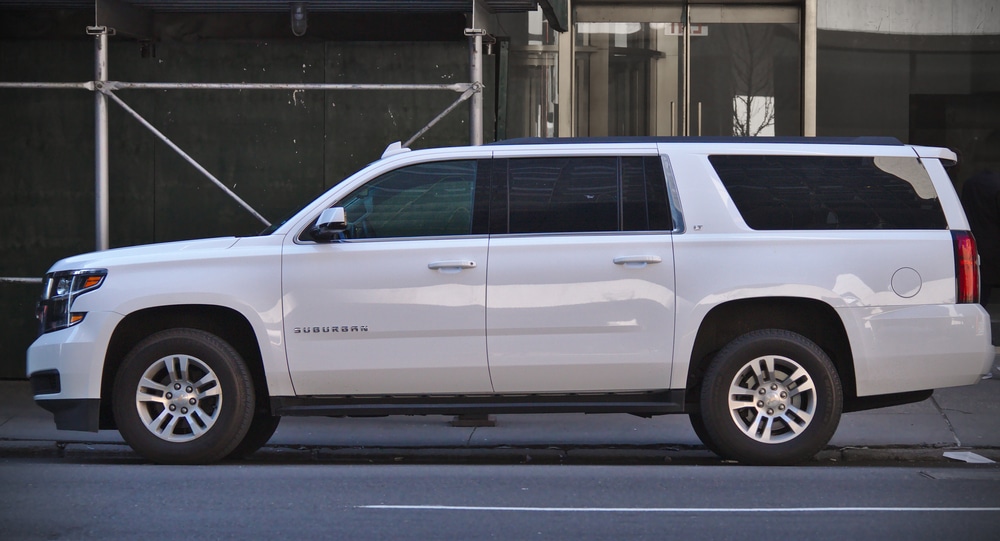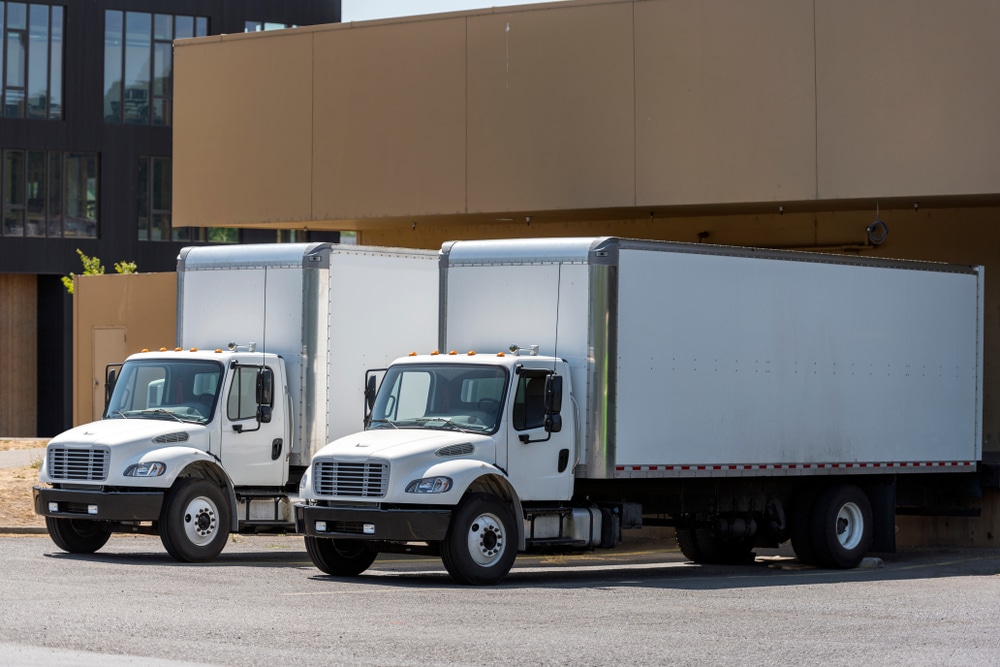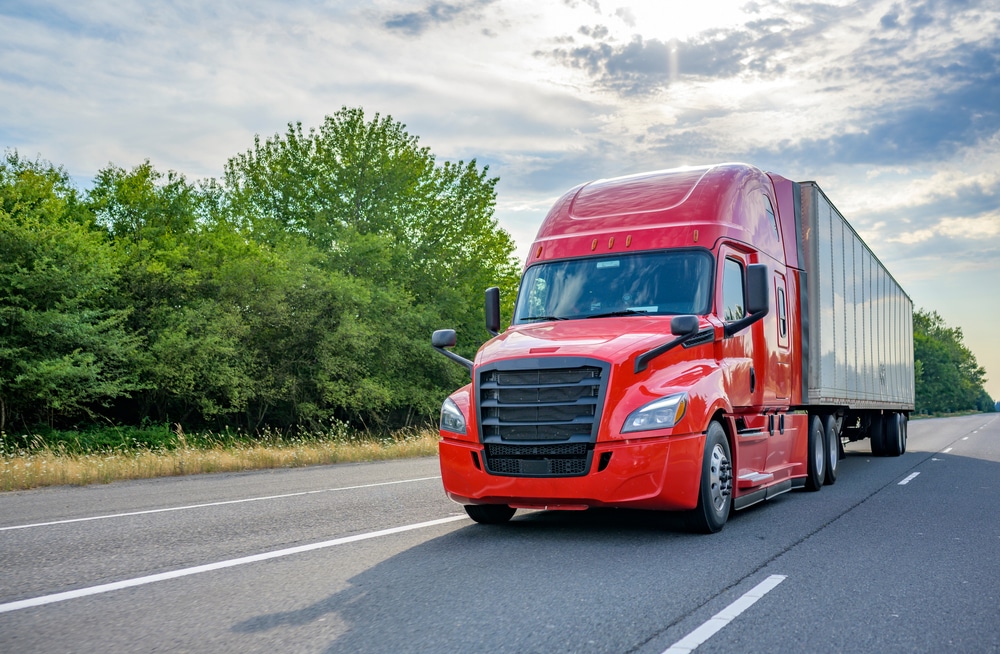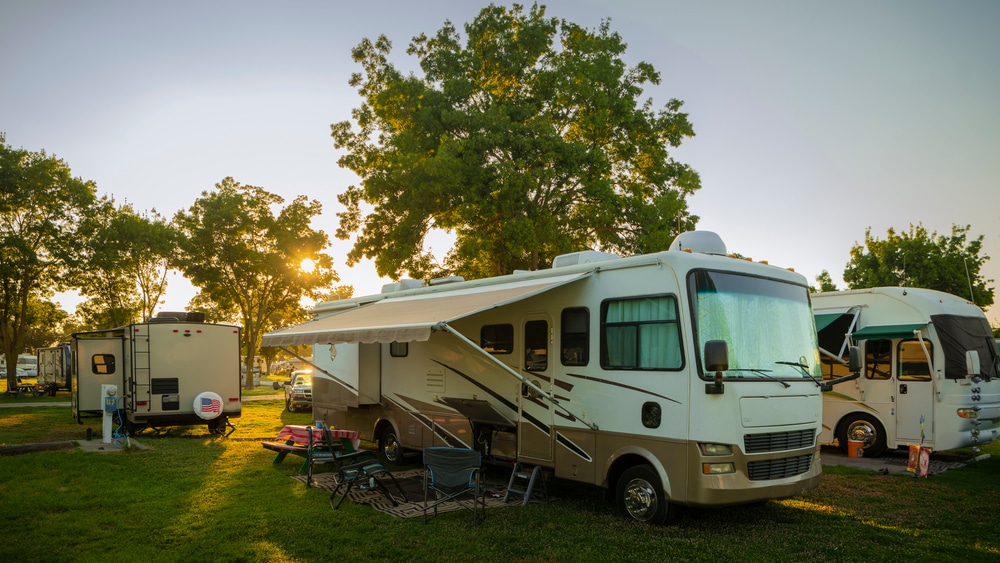The definition of a high-profile vehicle is a vehicle with large, flat sides that can easily be affected by high winds. Vehicles with a large surface area and tall sides are considered high-profile vehicles.
When driving high-profile vehicles, one must consider the risk that wind can pose. High-profile vehicles are dangerous on the highway with certain types of wind.
Some vehicles are more high profile than others. An SUV that sits low to the ground is going to be affected by the wind more than a Box truck that has a much higher center of gravity and a completely flat surface for the wind to push on.
What Are the Different Types of High-profile Vehicles?
Here are the types of vehicles that are most commonly considered high profile. Now, a Suburban is not going to get tossed around by the wind like a semi. But, you should still be aware the driver could be having a harder time when it’s windy
1. Sport Utility Vehicles

Larger SUVs can be considered high-profile vehicles as many of the newer, larger SUVs on the market have a large surface area.
2. Box trucks

These vehicles are very tall and an example of what a high-profile vehicle can be. They tend to fare poorly against crosswinds when driving on the highway due to their tall and narrow sides.
3. Semi-trucks

The standard height of a semi-truck is 13.5 feet. With their enormous height, semi-trucks are extremely risky to drive in high winds. They will often wobble or drift if not handled by an experienced driver accustomed to handling high-profile vehicles such as these in bad weather.
4. Recreational Vehicles

RVs tend to have large sides and thus are hard to manage through large gusts of wind.
What Are the Risks of Driving High-profile Vehicles?
One of the risks of driving a high-profile vehicle is the possibility of these vehicles getting tossed around (or even rolling over) in heavy wind. These large vehicles have more surface area to be pushed around, and it is a constant worry for anyone behind the wheel of a high-profile vehicle.
Although even smaller cars can face these on-road dangers, high-profile vehicles tend to be much riskier to drive during bad weather and storms. It’s important to understand these risks if you plan to travel in one of these imposing vehicles.
Another danger for drivers is the possibility of being pushed off the road or into different traffic lanes by high wind speeds. Drivers must pay attention to how they handle their steering and control their vehicle when driving in gusty weather.
How Strong Does Wind Have To Be To Affect High-profile Vehicles?
The wind is always a factor to consider when driving large vehicles on the highway. Whether on the road in an RV, a larger SUV, or a semi-truck, you need to consider the wind speed when you begin your journey. The National Weather Service classifies high winds as winds with sustained speeds of between 40 and 57 miles per hour.
The National Weather Service has different threat levels of wind speeds, ranging from Extreme to Non-Threatening. Extreme wind speeds are classified as any sustained wind speeds of over 58 miles per hour, which are the most dangerous for any high-profile vehicle on the road.
If you can avoid driving during extreme conditions, you will be much safer and less likely to drift into other lanes or face the chance of rolling over in your vehicle. However, even lower wind speeds from 37 to 57 mph can pose a risk in larger vehicles, so keep this in mind.
Wind hitting your vehicle is known as drag. You can test how much drag will be against you on the road by sticking your hand out the window of your vehicle and holding it up against the wind as you drive. The force of the wind hitting your hand will indicate how much drag is hitting your vehicle.
What Are Some Driving Tips for Drivers of High-profile Vehicles
High wind speeds will always be dangerous for any vehicle on the road during such weather conditions. However, there are a few ways to prepare for these conditions if you must drive a high-profile vehicle during higher wind speeds. The following are tips to stay safe in your high-profile vehicle in bad weather:
- Stay alert while on the road in bad weather. Bad weather can bring out the worst in drivers because of how unsafe you can feel should your vehicle drift or wobble. Be sure to stay alert and conscious of your speed at all times. Avoid panicking because panic can lead to dire consequences in the heat of the moment.
- Always wear a seatbelt. One of the best safety tips for all drivers, regardless of the weather conditions, is to remain buckled up behind the wheel. Remember, seatbelts save lives!
- Try to stay off the road during inclement weather whenever possible. If you don’t have to drive on the highway during high weather speeds, don’t. The safest option for this type of weather is to avoid driving altogether, especially if you’re behind the wheel of a high-profile vehicle. The National Weather Service recommends all high-profile vehicles remain off the road during wind speeds of over 30 mph.
In Conclusion
Staying safe should always be your ultimate priority when you drive larger vehicles in inclement weather. Always be aware of your surroundings, other cars on the road, and how the weather affects your vehicle.
